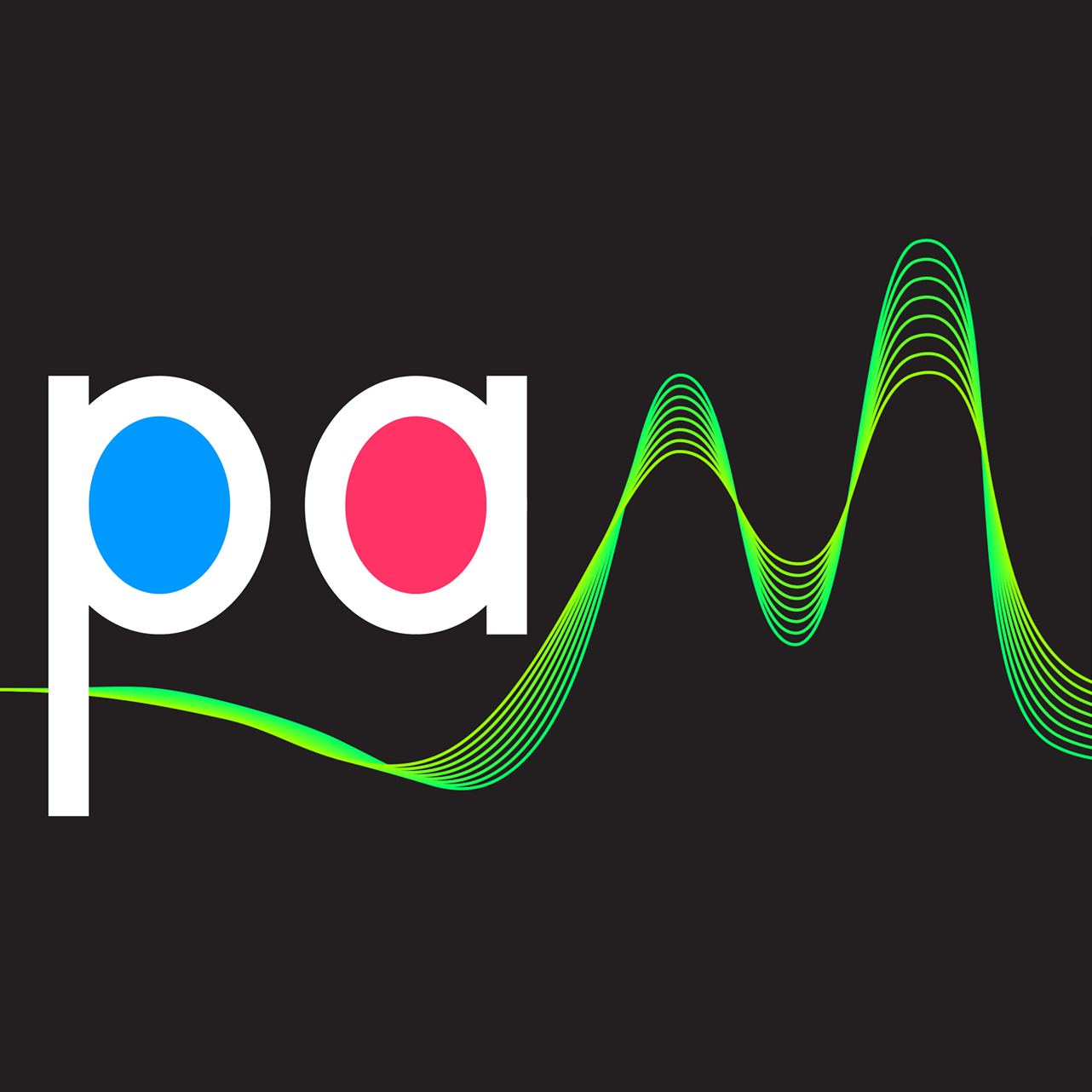Tense consonants in Korean revisited: A crosslinguistic perceptual study
Published in Proceedings of the University of Cambridge Postgraduate Conference in Language Research, 2006
The well-described laryngeal system of Korean has most often been analyzed as a typologically unique contrast among three kinds of voiceless plosives: aspirated, lax, and tense. This paper focuses on the phonetics of the tense series by examining the perception of obstruents described as tense in Korean and as voiceless unaspirated in Chinese, Spanish, and English in an experiment with 32 native Korean speakers. In a native/non-native labeling task, subjects were unable to distinguish between Korean syllables beginning with tense obstruents and Chinese syllables beginning with voiceless unaspirated obstruents of the same place of articulation; similar data holds for many of the Korean vs. Spanish and Korean vs. English syllable comparisons as well. These results suggest that, in word-initial position, tense Korean consonants are not perceptibly different from the voiceless unaspirated consonants of these other languages.
Recommended citation: Chang, C. B. (2006). Tense consonants in Korean revisited: A crosslinguistic perceptual study. In C. Chang, E. Dugarova, I. Theodoropoulou, E. Vilar Beltrán, & E. Wilford (Eds.), CamLing 2006: Proceedings of the 4th University of Cambridge Postgraduate Conference in Language Research (pp. 35–42). Cambridge, UK: Cambridge Institute of Language Research.
Download Paper
